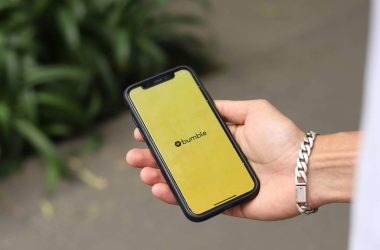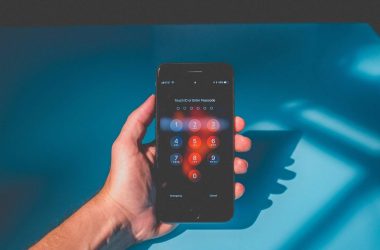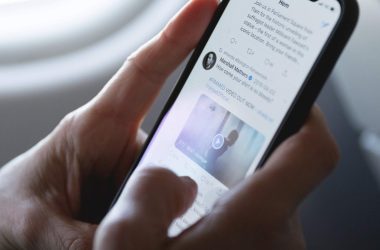In an age where our phones and computers serve as personal hubs for sensitive information, the threat of hacking and identity theft looms ever larger. The fear of “shoulder surfers” peering at our screens in public places has become a genuine concern. Apple is stepping up its game to protect iPhone users from the prying eyes of hackers and identity thieves.
Shoulder surfing is more prevalent than many realize, with a 2016 NYU study revealing that 73% of respondents had witnessed someone’s confidential PIN without their knowledge. Crowded places like airports, bars, restaurants, and public transportation hubs are particularly susceptible to this form of surveillance. Recognizing the need for a fundamental solution, Apple’s patents could represent a crucial step toward mitigating the risk of identity theft and fraudulent activities.
The Current Landscape
Our reliance on smartphones for various activities, from online transactions to private conversations, has created a treasure trove of personal data that hackers and identity thieves seek to exploit. The clarity and high resolution of modern screens make it relatively easy for shoulder surfers to gather sensitive information, including credit card details and passwords, with just a quick glance. Apple recognizes the severity of this issue and is actively working on innovative solutions to safeguard user privacy.
Apple’s Solutions
Apple has consistently improved screen technology, making our device displays clearer and more vibrant. However, the company is now exploring groundbreaking solutions to counteract the threat of shoulder surfing. Recent patents acquired by Apple hint at new screen technologies designed to limit screen visibility to the intended user.
The first patent, titled “Privacy films for curved displays,” proposes the application of a covering on the screen that allows light to emanate in only one direction. This design ensures that only the person directly in front of the screen can view it clearly, leaving shoulder surfers struggling for a solid view.
Displays with Adjustable Angles of View
The second patent, targeted at flat screens, is titled “Displays with adjustable angles of view.” This patent envisions altering the viewing angle of the display while in use, effectively acting as a filter controlled by the user. The technology may include a liquid crystal element that selectively allows certain colors to be visible only when viewed head-on, enhancing screen privacy.









